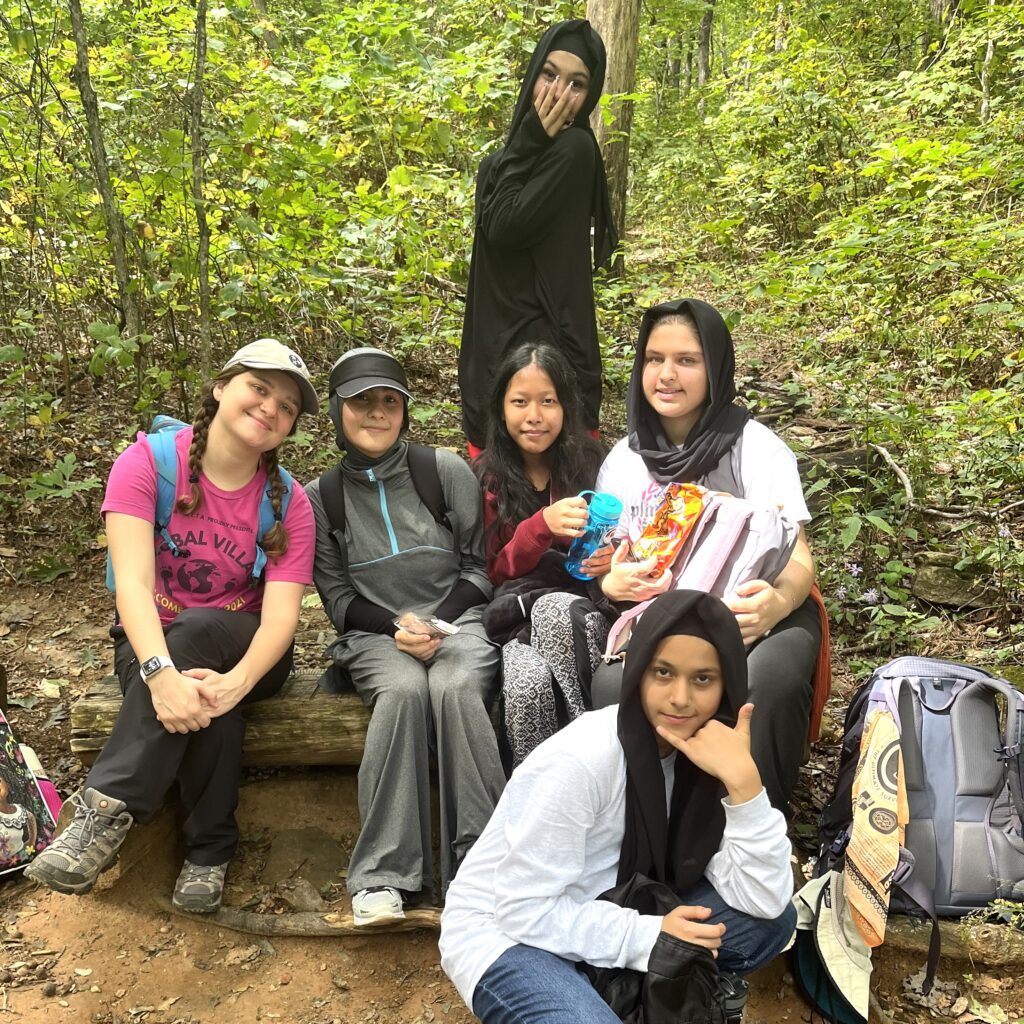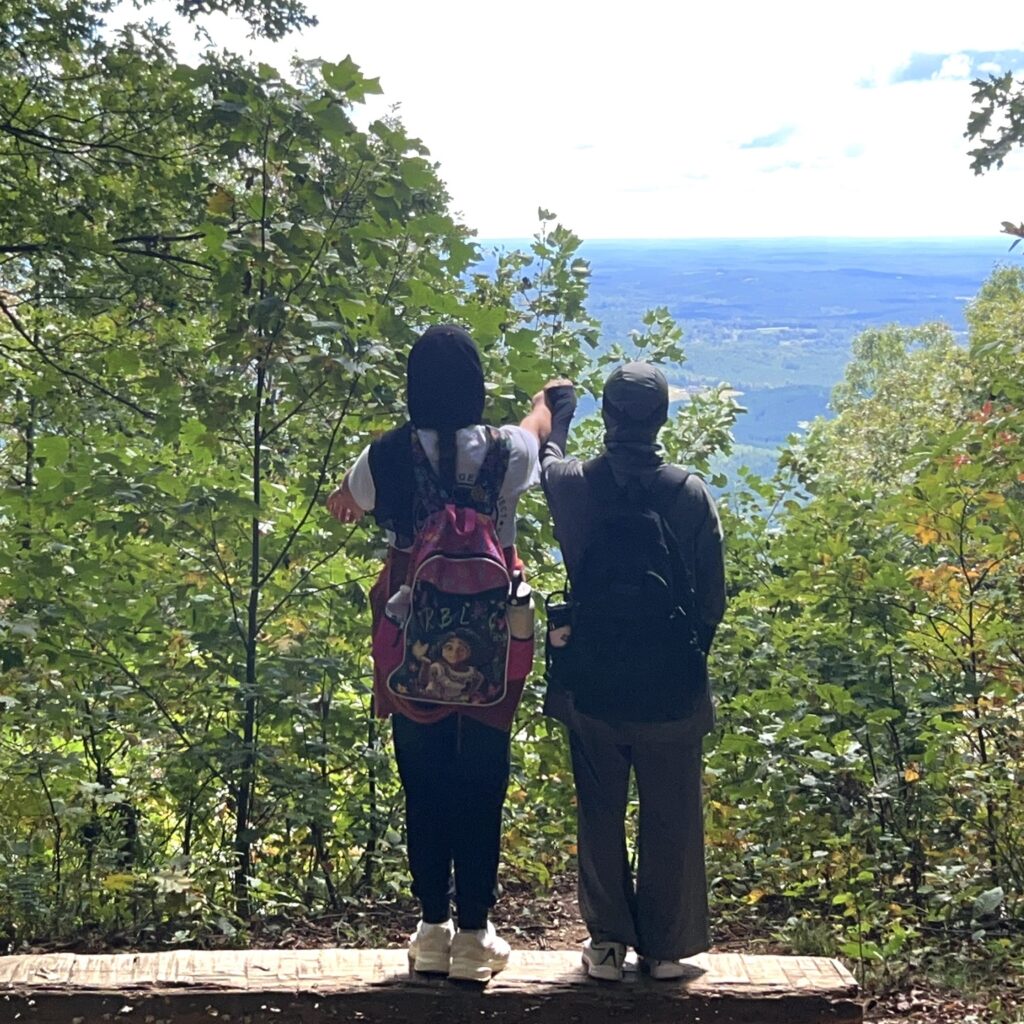by Karen Montgomery | November 22, 2024
At GVP, education extends far beyond the classroom. Field trips are integral to the curriculum, allowing students to engage with their lessons in dynamic, hands-on ways. These carefully planned experiences connect academic concepts to real-world applications, deepening understanding and fostering meaningful connections across subjects.
This semester, students explored art, science, history, and economics through a series of immersive field trips. Each trip was thoughtfully aligned with classroom learning, offering opportunities to see theory in action.

For example, Form 2’s visit to Decatur Glassblowing brought art and history lessons vividly to life. As students observed the intricate craft of glassblowing, they connected it to their studies of ancient art forms, such as mosaics from Ancient Rome and glassblowing techniques originating in the Middle East in the 1st century BC. This hands-on experience underscored how art has long been a medium to express culture, identity, and personal history, enriching their understanding of its historical and cultural significance.

Meanwhile, Form 3’s overnight hike to the Hike Inn provided an immersive exploration of life sciences. Hiking through the southern highlands, students studied how the unique habitat shapes the adaptations of local wildlife, including reptiles, amphibians, and mammals of the Appalachian region. They also saw sustainability in action through the Inn’s innovative plumbing and composting systems, tying their ecological studies to real-world conservation practices.

Form 1 students experienced the intersection of economics and agriculture during a visit to BJ Reece Apple Orchard. Observing the daily operations of a working farm, they saw firsthand how goods and services contribute to economic systems and growth. This practical experience provided a concrete understanding of how people earn income and sustain livelihoods, reinforcing their classroom discussions on economic systems.
History lessons also came alive for Forms 2 and 3 during a visit to the Fernbank Museum of Natural History. Exploring exhibits on Native Americans, students gained a deeper appreciation for how indigenous peoples utilized their environment for survival, creating food, clothing, and shelter from natural resources. They also examined the impact of European exploration and westward expansion, including the Trail of Tears and forced relocations, gaining insight into the complex relationships between cultures and the enduring effects of historical events.

Finally, all students attended a performance of Poncho Rabbit and the Coyote at the Center for Puppetry Arts. This engaging show connected theater to their own life experiences and classroom lessons. Through analyzing characters’ motivations and relationships, students explored storytelling as a tool for understanding human behavior and reflecting on themes of resilience and migration.

By integrating field trips into the curriculum, GVP ensures that learning is not confined to the walls of a classroom. These experiences encourage students to engage with their surroundings, think critically, and connect abstract concepts to tangible examples. Field trips at GVP aren’t just supplemental—they are transformative, inspiring students to see their studies as a living, breathing part of the world around them.






